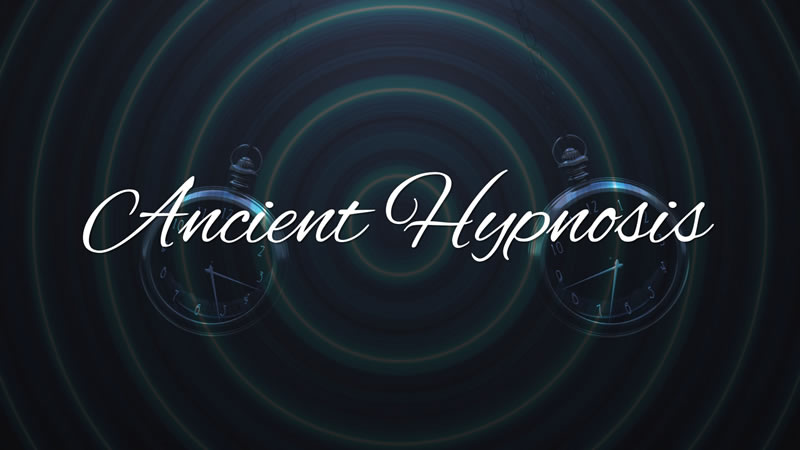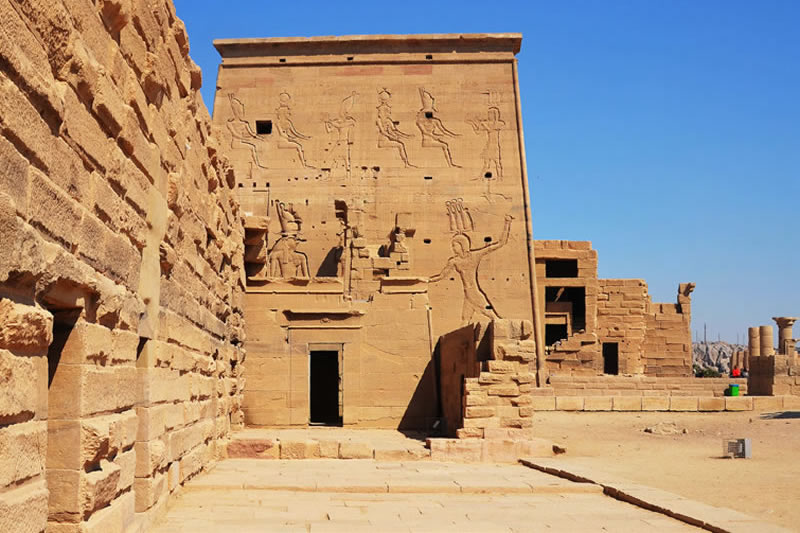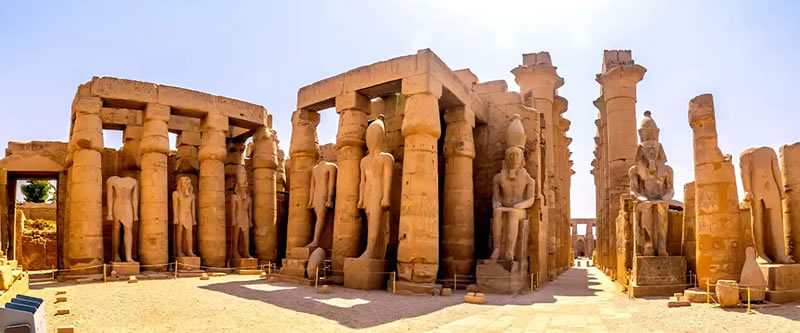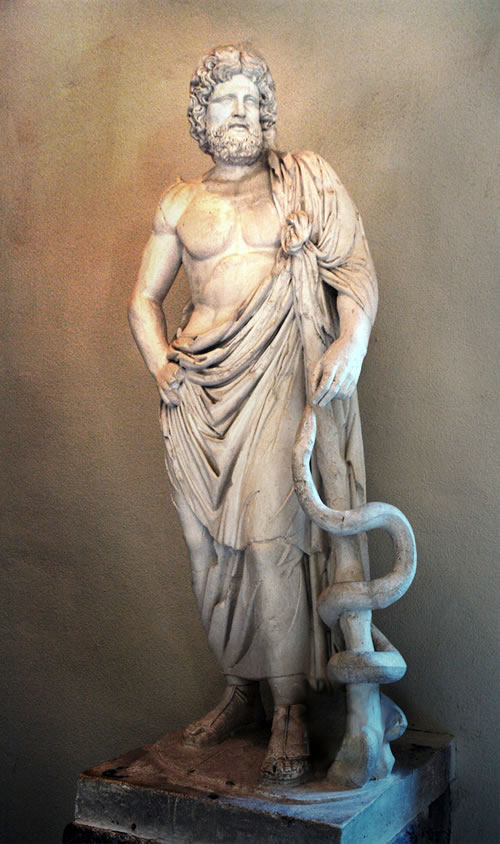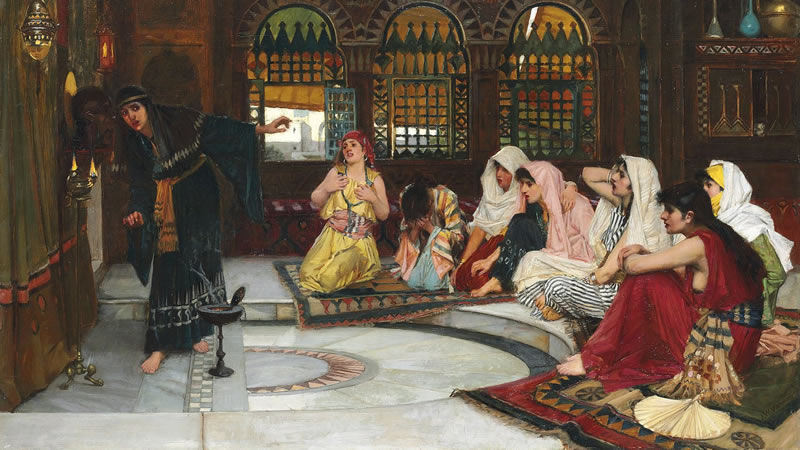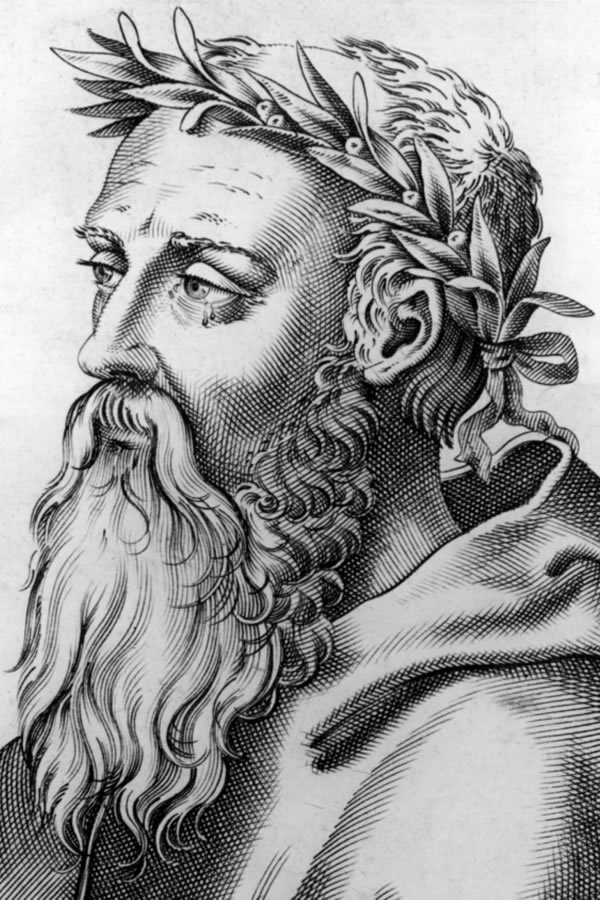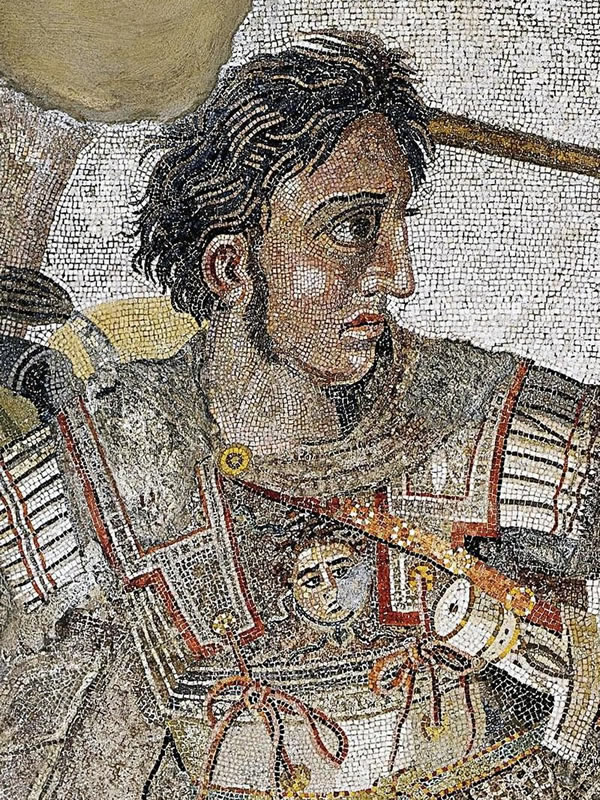5,000 Years Ago – Ancient Hypnosis
Login or Register to watch the video, take the online quiz, and receive your free Hypnosis in History eBook and CEU Certificate.
Hello, my name is John Melton, and this is…
Hypnosis in History
To better understand the position of Hypnosis in our world today, and the possible paths of its future, it is useful to examine the history of the many ways that humans have used hypnotic states of consciousness to understand themselves, and the world around them.
The history of Hypnosis is similar to the history of sleep, documenting the cultural use of an inherent, universal biological response for therapeutic purposes. The use of hypnotic states for healing has been perhaps, a part of every culture throughout time.
Some of the first recorded information comes from over 5,000 years ago, from the time of Egypt’s Old Kingdom. The Temple of Imhotep in the ancient city of Saqqara was an important healing center in the late 3rd Century BCE.
Temple Sleep
Notable among its practices was a tradition called “Temple Sleep.” Ailing individuals would journey to the temple in search of a cure from the Gods.
After long rituals involving the ingestion of herbs, and hours of rhythmic recitation of prayers, the individual was led to a special darkened chamber to sleep, and await a dream revealing a cure.
Sleep Temples
This practice eventually spread to Greece, where special “sleep temples” were built, dedicated to the god of healing, Aesclapius. Ailing individuals journeyed to the temple to undergo the proper rituals and dream of a cure in the sleep chamber, which was filled with snakes, the symbol of the God.
We can now understand the divine answers and feelings of reassurance experienced by ancient peoples as the product of sensory overload, expectation and direct suggestion, and the physical and emotional healing that took place because of it, as the essential ingredients of all hypnotic phenomena.
Oracles
The use of hypnotic states was also exemplified in the ancient practice of oracles, individuals employed by temples to divine the future.
Like Sleep Temples in Egypt and Greece, individual expectation and overload were essential ingredients for both the oracle and the subject.
These were accomplished through preparatory processes including the drinking of herbal mixtures and being led by priests through chambers filled with candles and brightly painted images.
The result of this process was a heightened suggestibility in the mind of the subject, creating a receptive environment for a profound emotional experience.
Oracle at Delphi
By far the most well-known in the ancient world was the Oracle at Delphi in central Greece, which was in continuous use for over a thousand years.
The philosopher Heraclitus described it in the 6th Century BCE:
The Lord, who is the oracle of Delphi, neither speaks nor hides his meaning, but gives the sign and the Sibyl with raving lips, uttering things mirthless, unadorned, and under fumes. Reaches over a thousand years with her voice, thanks to the God inside her. Seated over a crack in the earth which emitted intoxicating fumes.
The God Apollo
The job of the Sibyl inside was to hear the questions of supplicants, and open herself to receive an answer from the God Apollo. Individual expectation was built into the ritual for both the Sibyl herself and the subject, given the oracle’s reputation.
Her proclamations were not taken lightly, she was consulted by people from all levels of society, including rulers seeking advice about matters of state.
Alexander the Great Consulted an Oracle
Even the well-known conqueror Alexander the Great consulted an oracle in Egypt to bolster his confidence before embarking on a major campaign to conquer Persia in the 4th Century BCE.
Had the oracle not spoken favorably, it is entirely likely that Alexander would have cancelled or changed his campaign, changing the course of history with it.
Many traditional European and Near Eastern trance traditions like sleep temples and oracles ended with the advent of Christianity over the course of the 1st Millennium CE.
Many Christian rituals and holidays specifically incorporated local pagan traditions in order to make an easier transition to the new belief system, often incorporating trance inducing elements like incense, images, and singing.
Self Test
Question: Hypnosis took what form in Ancient Egypt?
- Imhotep Healing
- Temple Sleep
- Dream Chamber
- Prayer Ritual

